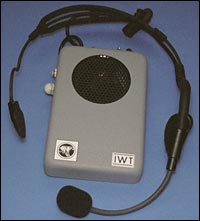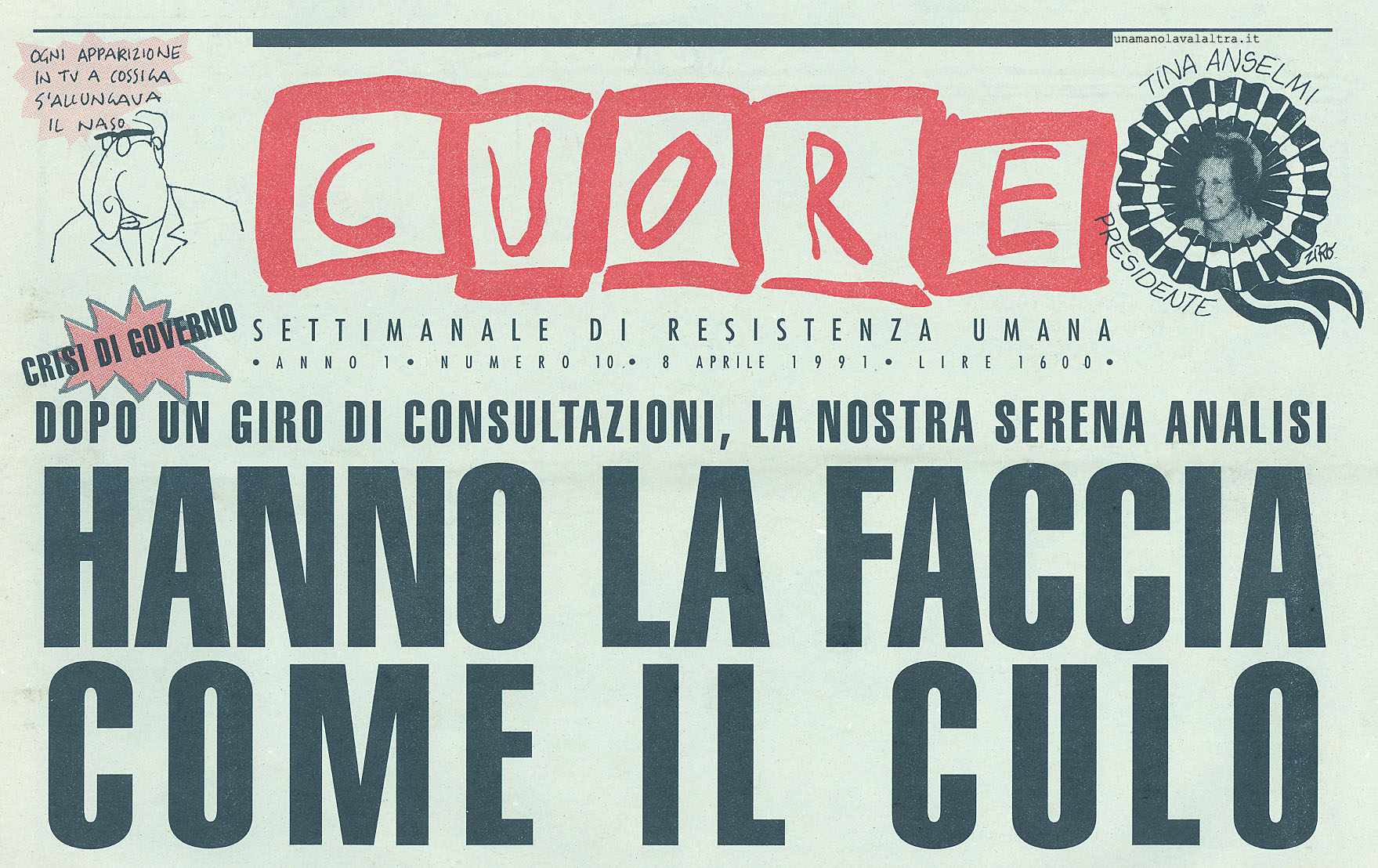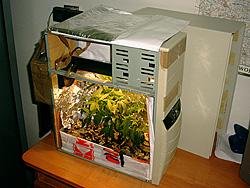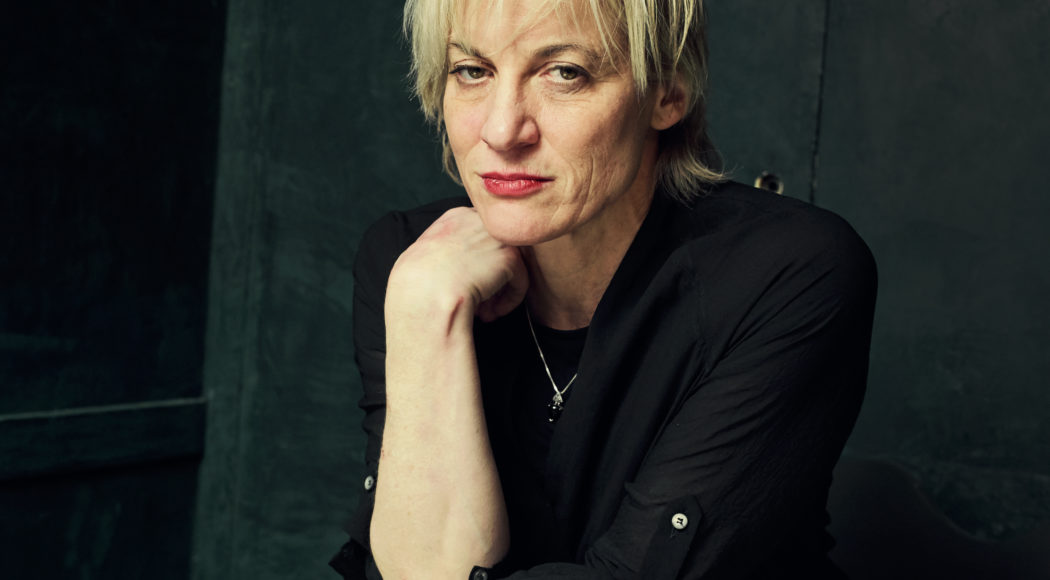Il 26 settembre non si celebra niente. Eppure qualcosa da celebrare ci sarebbe. E non qualcosa di banale. Solo che non se ne parla mai, tanto che anch’io me ne ero dimenticato.
Eppure il 26 settembre dovremmo celebrare il fatto di essere ancora vivi, perché il 26 settembre 1983 una persona ha preso una decisione che, molto probabilmente, ha evitato la guerra atomica. Ora vi racconto la storia. È un po’ lunga, ma ne vale la pena.
Nel 1983 la guerra fredda, che si trascinava dagli anni ’50, stava attraversando uno dei suoi periodici picchi di tensione. Il 1 settembre i russi avevano abbattuto il volo KAL 007, un Boeing 747 coreano che aveva a bordo 269 passeggeri (fra cui un deputato americano) più l’equipaggio, tutti morti. Il KAL 007 era un volo civile da New York a Seul che, dopo aver fatto rifornimento ad Anchorage, in Alaska, era finito fuori rotta sorvolando il territorio sovietico, con conseguente reazione russa che aveva portato all’abbattimento dell’aereo.
In realtà non si è mai saputo con sicurezza se la deviazione del volo KAL 007 fosse stata accidentale o in qualche modo preordinata allo scopo di saggiare la determinazione sovietica. Comunque sia, in seguito a questo fatto, gli attacchi americani all’URSS, che il presidente Reagan definiva apertamente “l’Impero del Male”, avevano raggiunto un notevole livello di virulenza e la tensione fra i due imperi era elevata.
L’unica cosa che impediva lo scontro diretto era la dottrina della deterrenza, in codice MAD (Mutual Assured Destruction), in base alla quale i sistemi radar dei due imperi erano in grado di rivelare i lanci dei missili della controparte con sufficiente anticipo da consentire il lancio dei propri, provocando la distruzione totale (è una semplificazione: in realtà la deterrenza si basava su uno spiegamento militare che includeva vari sistemi d’arma, come bombardieri e sommergibili, comunque il significato della dottrina MAD era questo).
 In questa situazione, quel 26 settembre 1983, il tenente colonnello Stanislav Yevgrafovich Petrov, 44 anni, era l’ufficiale in servizio al bunker Serpukhov-15, presso Mosca, con il compito di tenere d’occhio i dati forniti dai satelliti di primo avviso (early warning) che per primi potevano avvistare un lancio diretto verso l’Unione Sovietica.
In questa situazione, quel 26 settembre 1983, il tenente colonnello Stanislav Yevgrafovich Petrov, 44 anni, era l’ufficiale in servizio al bunker Serpukhov-15, presso Mosca, con il compito di tenere d’occhio i dati forniti dai satelliti di primo avviso (early warning) che per primi potevano avvistare un lancio diretto verso l’Unione Sovietica.
Poco dopo la mezzanotte, alle 00:40, i computer del bunker segnalarono un missile americano che puntava verso il territorio dell’URSS. Petrov mantenne la calma, pensando che doveva trattarsi di un errore di sistema perché lanciare un solo missile non era un attacco, ma un suicidio che lasciava all’avversario molte possibilità di risposta.
Ma poco dopo, i computer indicavano che un secondo missile era partito e poi un terzo, un quarto, un quinto.
Ora, per capire il dilemma di Petrov, bisogna sapere che il sistema di rilevamento satellitare sovietico poteva individuare un missile partito dagli USA, con un anticipo di quasi 30′ sul suo arrivo, quindi in tempo per lanciare una salva di reazione, ma il secondo avvistamento, che poteva servire da conferma, era quello dei radar di terra che, all’epoca, non erano molto efficienti, dando un preavviso di pochi minuti. Praticamene inutile.
Così, Petrov si trovava nelle difficilissima posizione di decidere se dichiarare l’informazione errata e non lanciare l’allarme oppure lanciarlo, basandosi unicamente sul proprio intuito. Se non avesse passato l’informazione, la sua patria avrebbe potuto essere distrutta senza nessuna reazione, ma se l’avesse passata, i suoi superiori avrebbero potuto decidere di lanciare una risposta e scatenare una guerra nucleare per niente.
Nessuno sa esattamente che cosa gli passò per la testa. Non ne ha mai voluto parlare, ma Petrov decise di dichiarare un falso allarme e restò nel bunker, lasciando passare i minuti, aspettando l’eventuale e tardivo segnale dei radar di terra. Segnale che, per fortuna sua e di noi tutti, non arrivò mai.
Naturalmente di questa faccenda non si seppe niente per un po’. Nessuno ne parlò perché avrebbe rivelato una inefficienza del sistema di risposta sovietico. Lo stesso Petrov passò qualche guaio. In fondo aveva disobbedito a un ordine, perché lui avrebbe dovuto lanciare un allarme e lasciare ai suoi superiori il compito di decidere. Ma non fu condannato. Soltanto trasferito a un ufficio meno critico e infine pensionato anzitempo. Una promettente carriera militare stroncata.
L’episodio venne raccontato nel 1990, un anno dopo la caduta dell’URSS, nelle memorie del generale Yury Votintsev, ex comandante della difesa missilistica dell’Unione Sovietica. Negli anni seguenti i media ne parlarono. L’Associazione Internazionale Citizen of the World assegnò a Petrov un riconoscimento pubblico nel 2004.
La Russia ha cercato di ridimensionare la cosa facendo notare che, anche se fosse stato dato l’allarme, la risposta non sarebbe stata automatica, ma soggetta alla valutazione di organi superiori e alla fine, di Yuri Andropov, il premier sovietico. È corretto, ma gli analisti della guerra fredda sono concordi nel sostenere che, visto lo stato di tensione di quel momento e la conseguente sfiducia delle alte sfere sovietiche nei confronti della presidenza USA, una guerra atomica sarebbe stata altamente probabile.
Quest’anno Petrov è stato onorato alle Nazioni Unite ed è in preparazione un documentario sulla vicenda.
Attualmente (NB: nel 2006), Stanislav Yevgrafovich Petrov ha 67 anni e vive con una modesta pensione nella cittadina di Fryazino, una piccola città scientifica, 25 km a NE di Mosca.
Update
Nel 2013 gli fu assegnato il Premio Dresda. Il film che racconta la sua storia, diretto dal regista danese Peter Anthony, è uscito nel 2014 con il titolo The Man Who Saved the World.






 Poi ho visto la scandalosa
Poi ho visto la scandalosa 


 Restando in tema di cani robot, dopo l’annuncio dell’estinzione di Aibo, che comunque continua ad essere venduto fino ad esaurimento, vi segnalo alcuni graziosi giocattoli.
Restando in tema di cani robot, dopo l’annuncio dell’estinzione di Aibo, che comunque continua ad essere venduto fino ad esaurimento, vi segnalo alcuni graziosi giocattoli.

 Si parla molto di Chernobyl in questi giorni perché oggi è il 25 Aprile. Sono passati 20 anni dal disastro e le TV si sforzano a raccattare filmati di repertorio o di visite più o meno recenti.
Si parla molto di Chernobyl in questi giorni perché oggi è il 25 Aprile. Sono passati 20 anni dal disastro e le TV si sforzano a raccattare filmati di repertorio o di visite più o meno recenti.